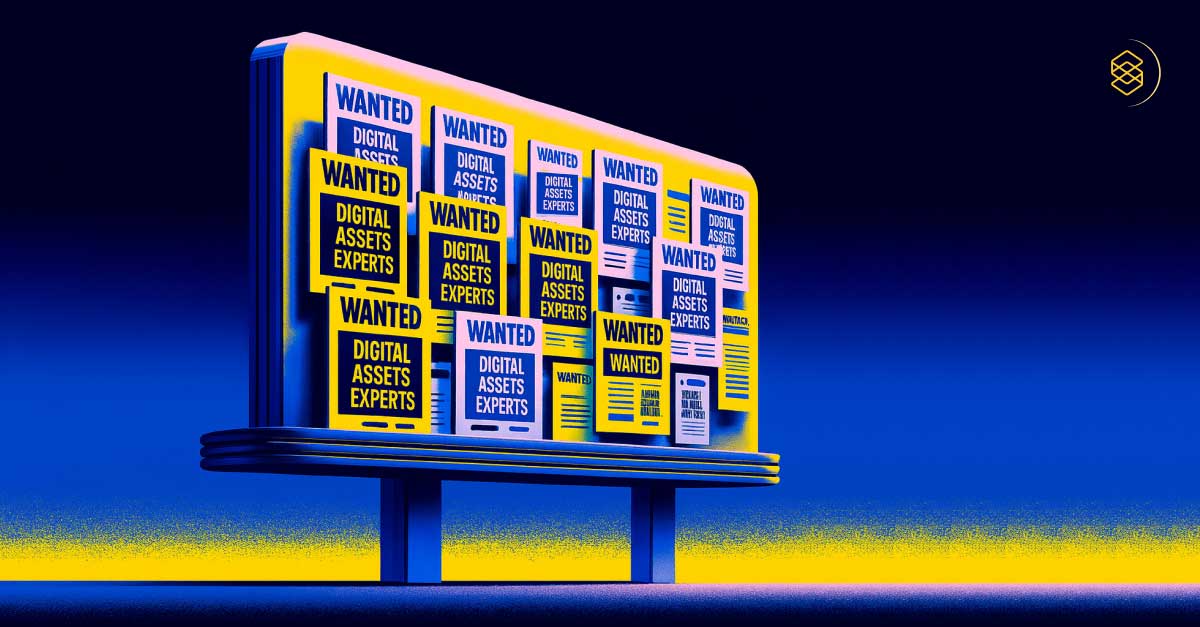When Coinbase’s Layer 2 blockchain Base launched for developers on July 13, scam token creators snuck along for the ride. In the days after the network’s developer launch but before its public launch – announced last week – black hat developers deployed more than 500 scam tokens on the blockchain.
Roughly 300 of these scam tokens’ smart contracts contained hidden functions enabling their creators to mint an unlimited number of new coins; another 70 contracts contained obfuscated transaction fee modifiers; and more than 60 contained honeypots, blocking buyers from reselling their tokens altogether. In our Rug Pull Report, we analyze these three scam token types and others in detail.
These scam tokens attracted approximately $3.7 million worth of trading volume on Base-based DEXs — $2.7 million worth of buys, $700,000 worth of sales, and $300,000 worth of wash sales executed by the scammers themselves. The entirety of the $2 million spread between authentic buy and sell volume was captured by the scammers as profit.
They took these profits in one of two ways:
- By removing all liquidity from their DEX pairs as soon as a critical mass of users invested – $1.7 million – or
- By "minting" an arbitrarily large quantity of new coins and then selling them, thereby draining the DEX pair of its Ether (ETH)– $300,000
”Soft” rug pulls – cryptocurrencies that, while not hard-coded to exploit investors, are nonetheless deceptively touted and traded – also made their way onto Base pre-launch. The creator of the memecoin $BALD, for example, made off with more than $5.2 million after hyping their token on Twitter (“X”) and artificially inflating its price & volume on LeetSwap, a decentralized exchange (DEX) on the Layer 2 network.
Scam token creators feed on hype, promise, and price & volume manipulation. The hype surrounding the Base network is no exception – so approach tokens that play off of it with caution.







